El Xalet, Casa Golferichs – Espai Català-Roca, Barcelona
June 6, 2025 – July 25, 2025
Curated by: Natasha Christia.
Production: EGM, Copia Lab, Atelier Kostekno
Graphic design: Laura Estragués
Audiovisual piece: Alex Domènech
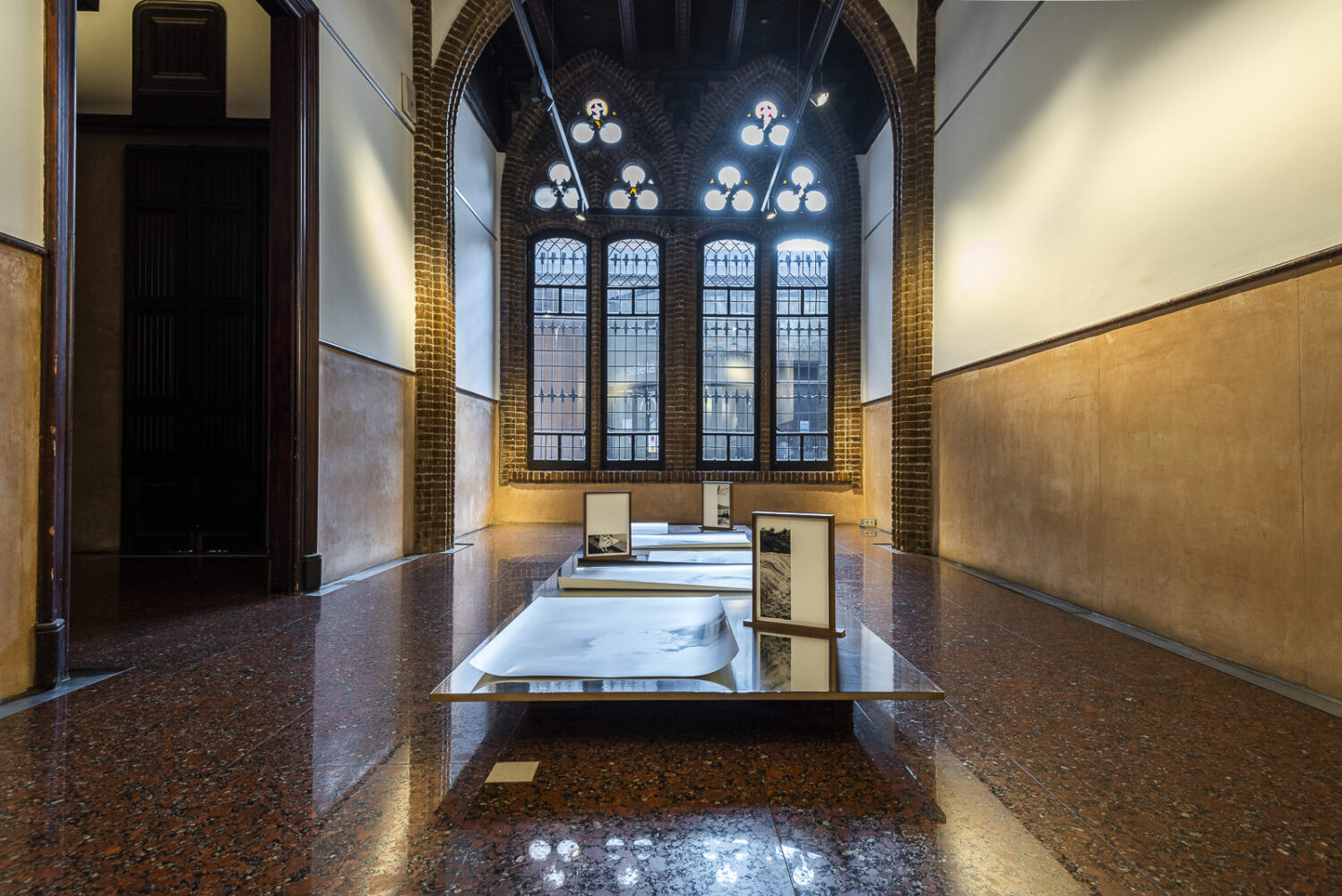
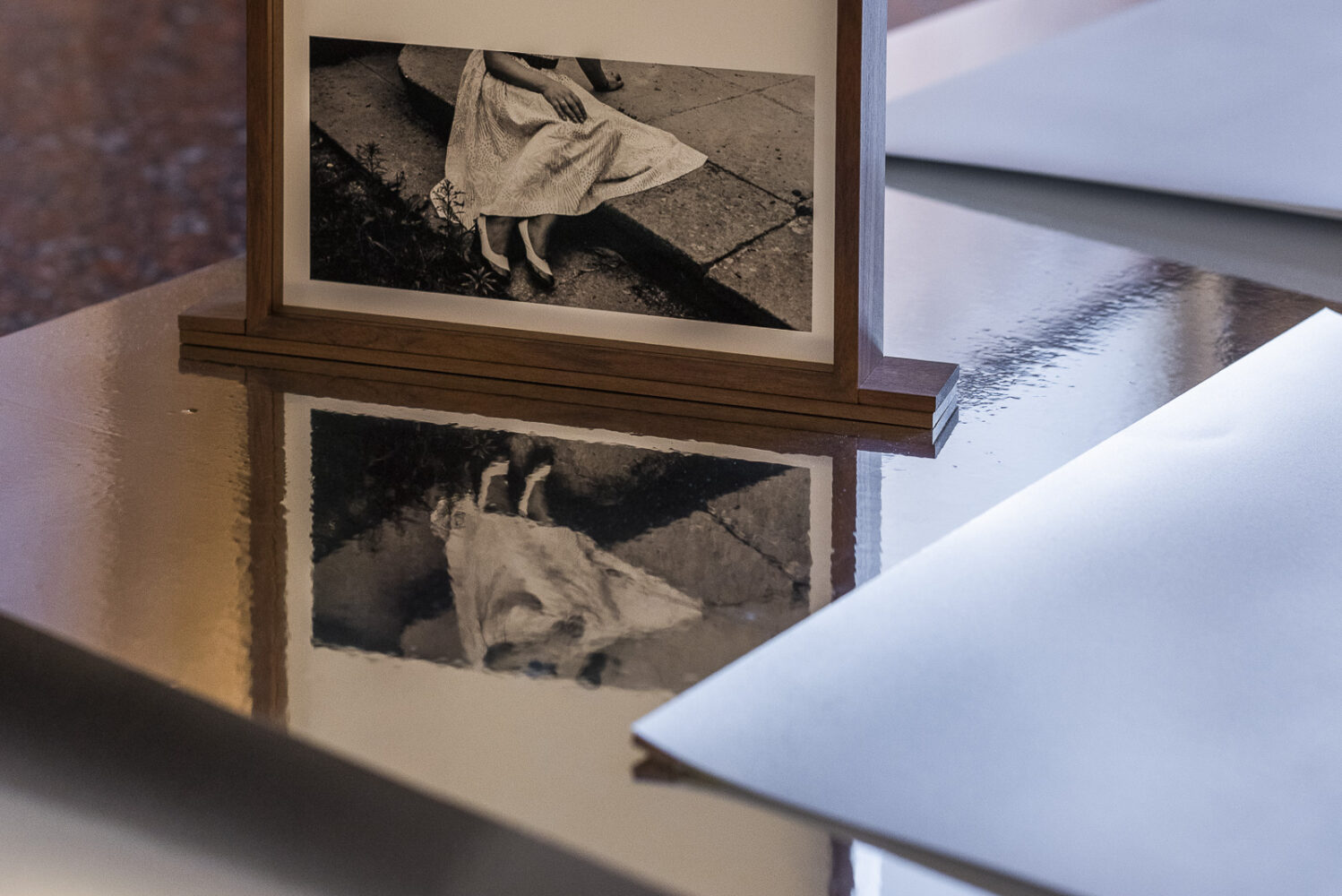
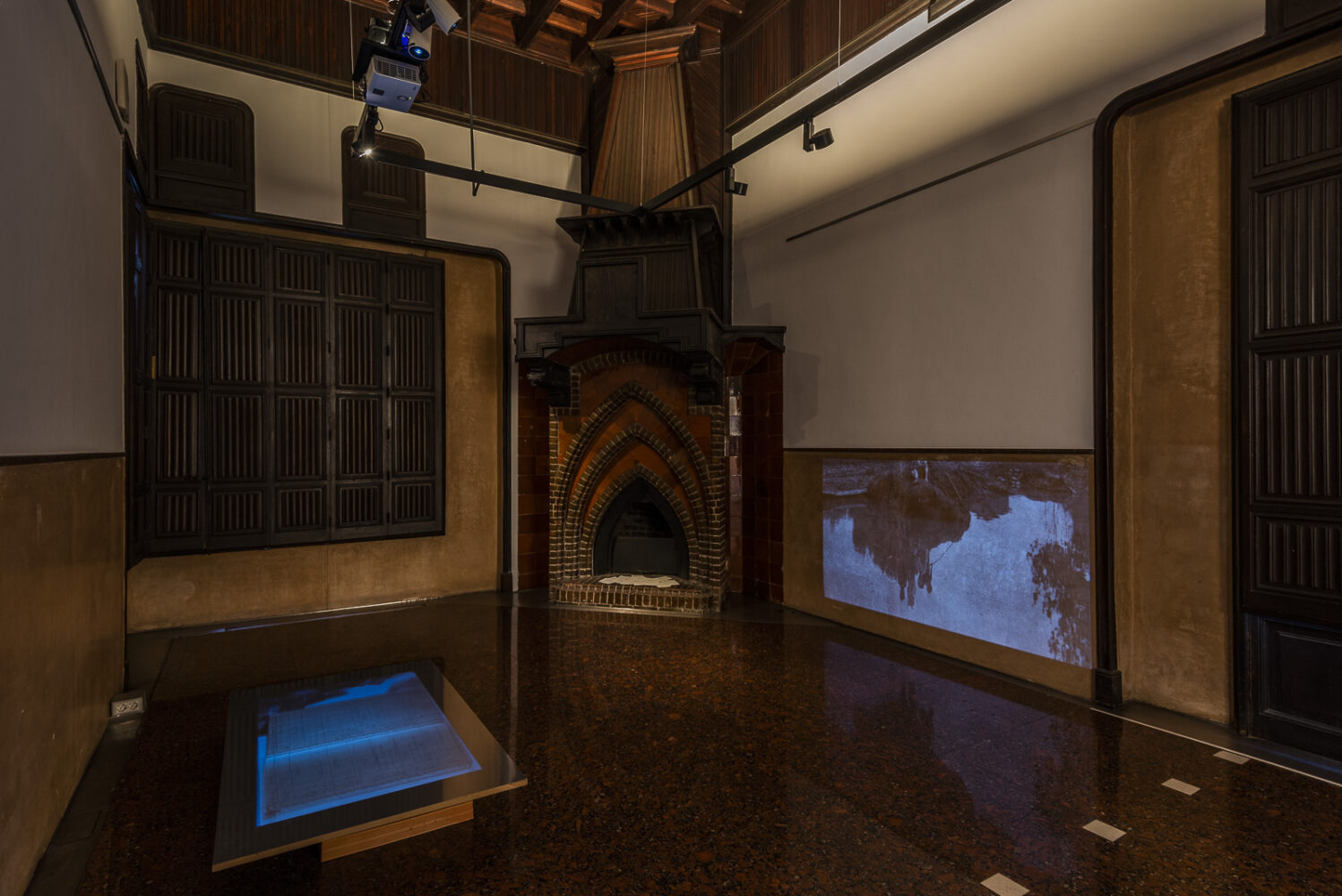
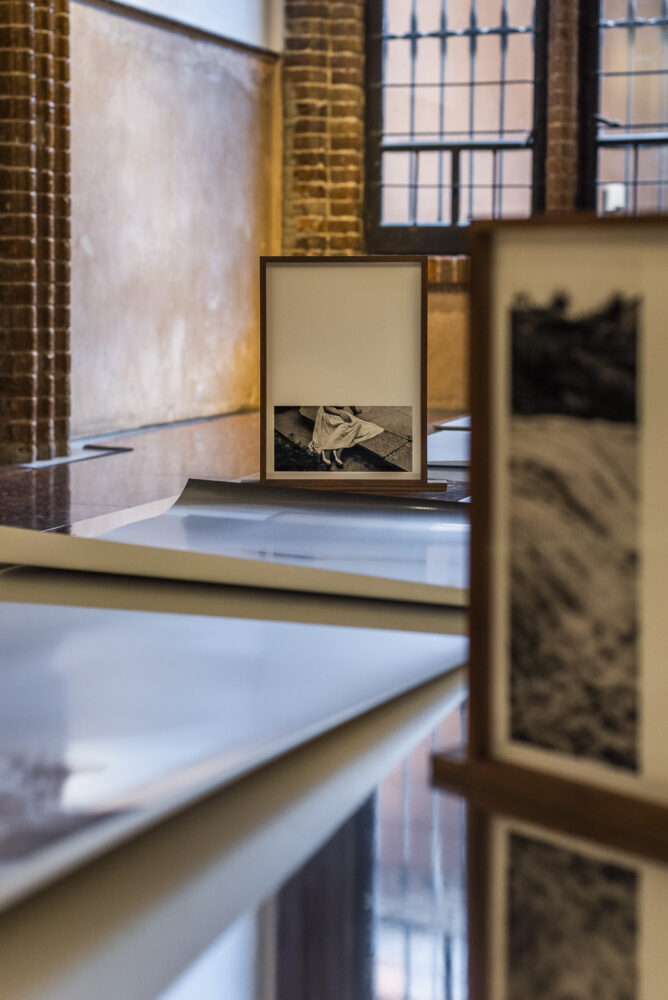
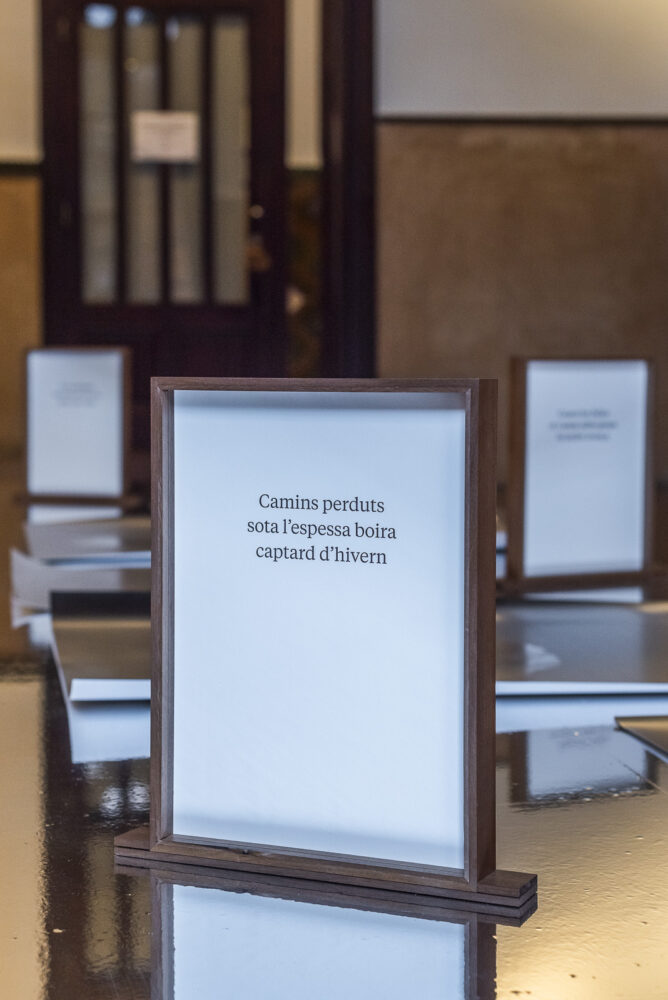
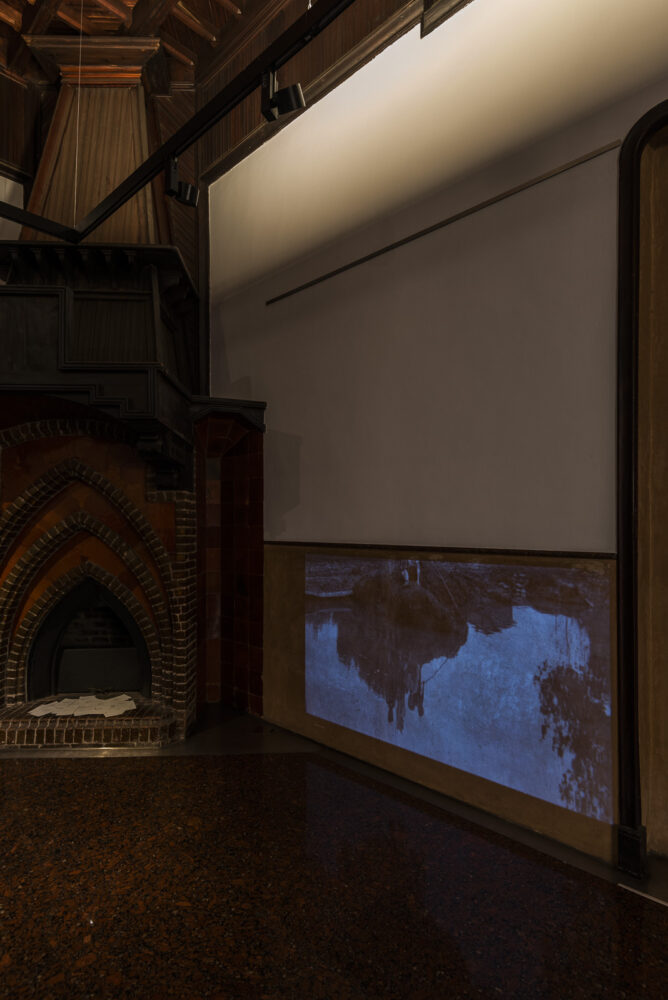
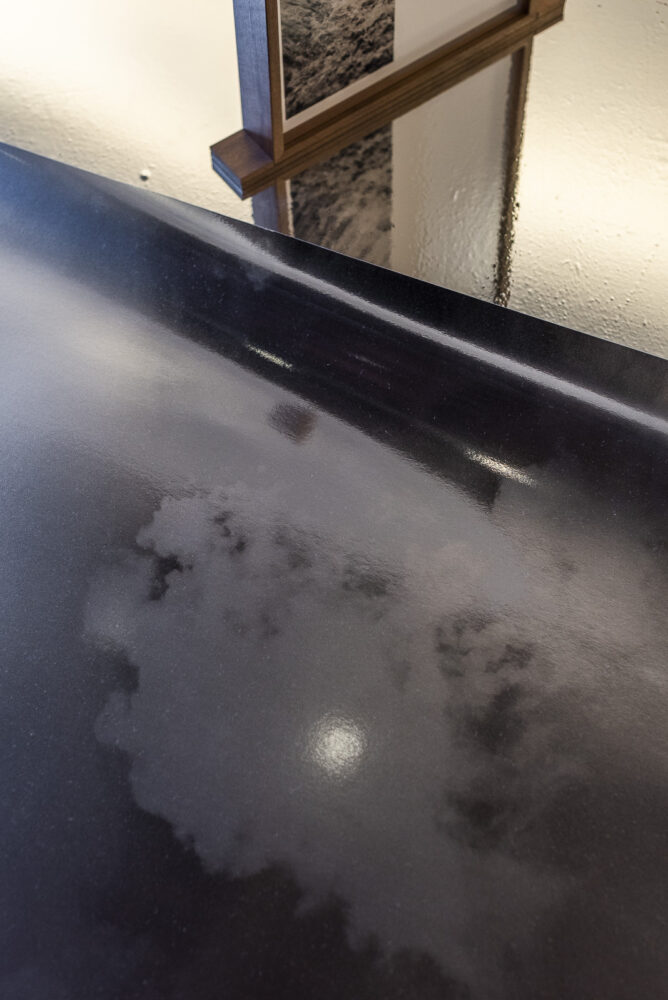
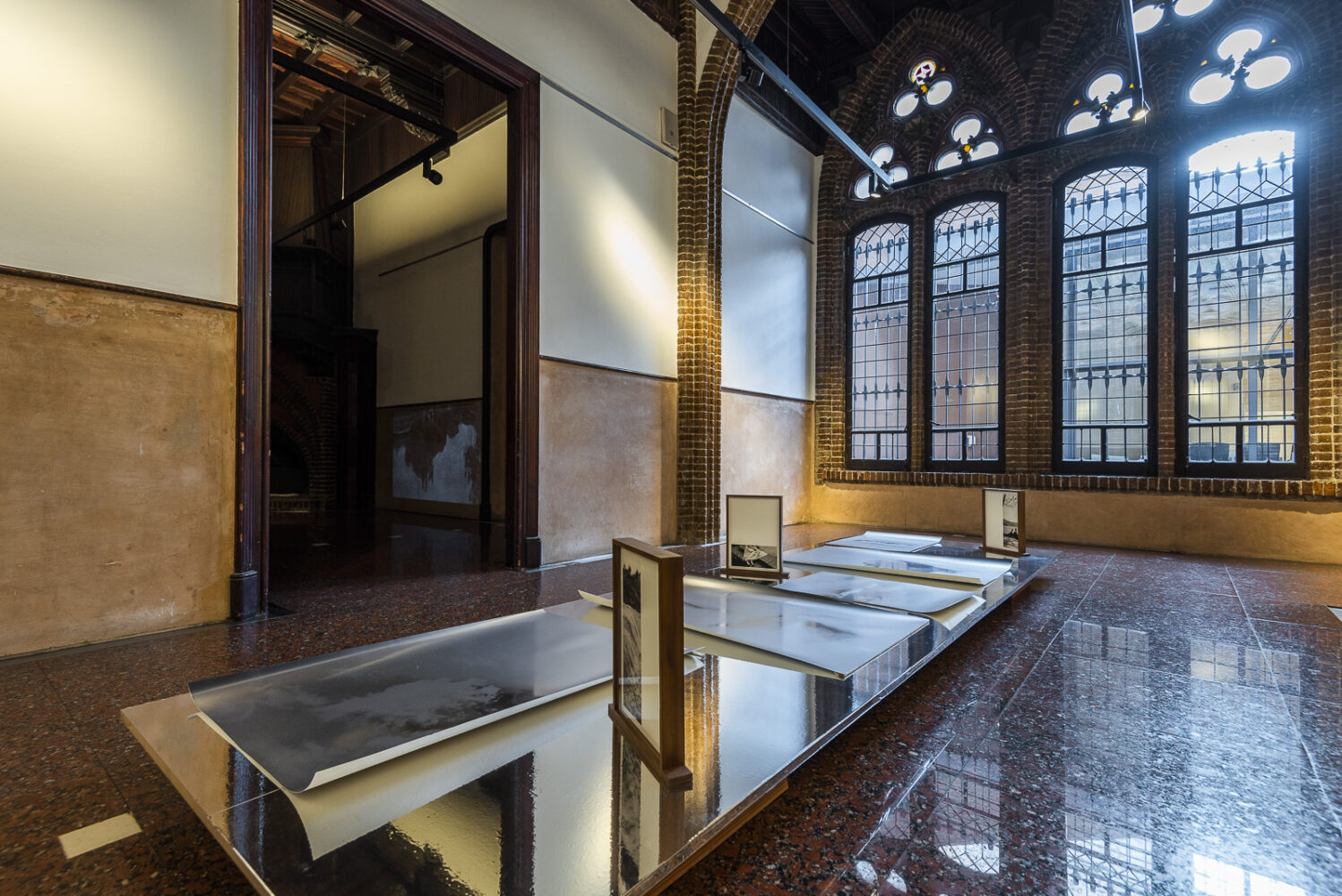
“Mother and father used to go for walks every afternoon near their home, among trees and open fields. They saw and experienced the changes in nature, the variations in weather and clouds. Upon returning, mother would write down memories, impressions, or specific visions of the day in the form of haiku—just as the Japanese have written poems about nature and daily life since ancient times. The father, an amateur meteorologist recorded rainfall levels, noted temperatures and the day’s weather in notebooks that today are a treasure.”
The exhibition unfolds within the space through the photographic images and haikus featured in Or i aram (“Gold and Copper”)—a project the artist first presented in 2022 in the form of a publication. An image-text photobook, “Or i aram” is her tribute to her parents and the practices they developed during their daily walks among trees and open fields: the mother writing haikus, the father an amateur meteorologist, recording rainfall levels in his weather notebooks.
For the installation, we wanted to avoid a literal transition from the Or i aram book object that contained images and haikus, to a traditional wall display. Instead, we sought to create a physical, living space of shared affects and emotions, resonating with the fundamental premise in Or i aram: how memories shift and transform over time, how they resurface and vanish again and again.
The two rooms of the Golferichs chalet—a historic and emblematic residence in Barcelona built in 1901 from imported exotic woods—became the ideal setting for this purpose. The sculptural pieces on the platform, created by atelier Kostenko, contribute further to an immersive experience. They invite a 360-degree exploration of the space, encouraging the viewer—like the protagonists of Or i aram—to take a contemplative stroll. A landscape of unfolding relations that also changes throughout the day with the shifting light and clouds, these printed traces become an invitation to wander.
The installation follows their traces, introducing in the display the artist’s ongoing research on her family archive, to evoke the quiet rhythms of mid-20th century life immersed in nature. Through a poetic ensemble, it reflects on the passage of time and faded reminiscences. The flow of time, of leaves, of water, and of book pages runs through their shared story.
The exhibition unfolds within the space primarily through the photographic images and haikus featured in the Or i aram project. It is complemented by a series of intervened fragmented photographic images from the artist’s archive, attributed to her father. Mostly dated from the late 1940s and 1950s, these original 6×6 format photographs depict the young family—parents and their five children—on their strolls around the outskirts of Torelló, in Central Catalonia. Poses and scenes emerge amid an idyllic natural landscape of woods, rivers, and masias. This archive is currently part of a publication in progress that will bring together the father’s time notebooks. Some of these images appear here as fragments with specific resonances. What is shown and what is absent hold equal weight—echoes of haikus themselves: incomplete, poetic. Their themes—water, reflections, sky, and gestures of affection—interlace throughout the space, alongside sculptural pieces and a site-specific projection in the second room.
In the second space—the chimney room—a video work shows the artist’s hands unfolding pages from the notebooks, the Or i aram book, and a family collection of her mother’s haikus. Through this performative act, new narratives and intergenerational dialogues emerge, reinforcing the relational nature of the entire installation. The exhibition text is presented under the chimney in nine fragmented, ambiguous pieces. Visitors are invited to carry them away, embedding them into their own memories. The whole suggests an archive in the making—a memory surfacing into visibility, on a shared surface common to us all.